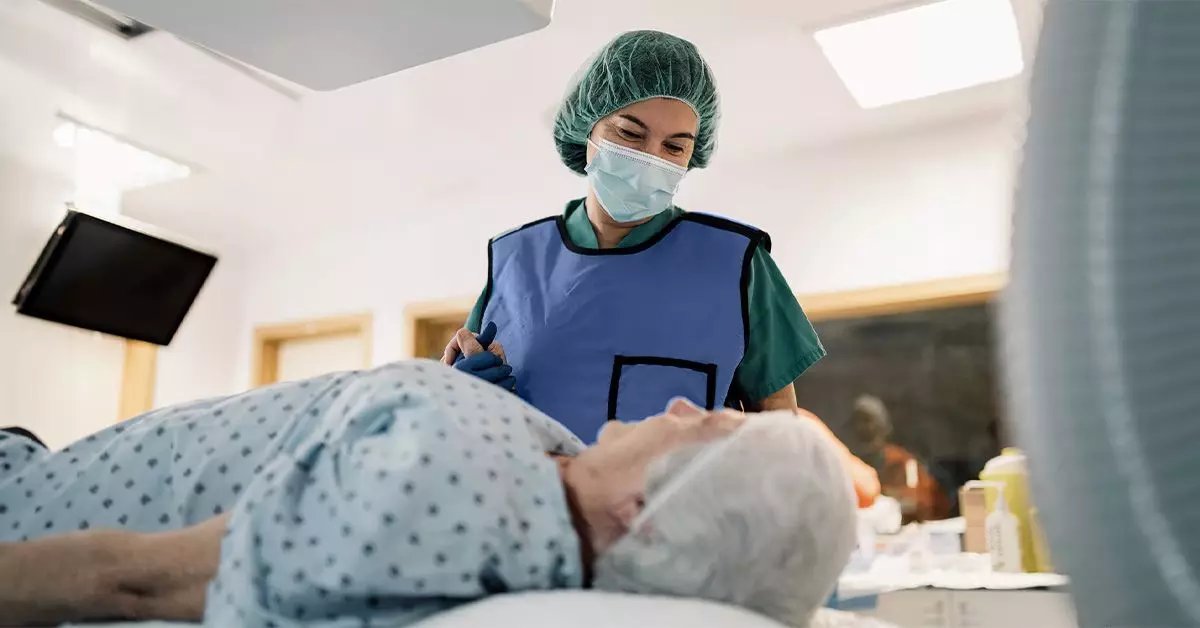Salivary gland surgery is a critical procedure that addresses pathological conditions affecting the salivary glands, such as tumors, infections, and inflammatory disorders. By outlining the types of surgeries, preparation processes, and recovery phases, this article aims to elucidate the complexities and considerations involved in treating salivary gland abnormalities.
The human body hosts three primary salivary glands: the parotid, submandibular, and sublingual glands. Each of these glands performs essential functions vital to oral health and digestion. Saliva production is necessary for processes like speaking, swallowing, chewing, and aiding in digestion. When tumors or infections arise in these glands, surgical intervention may become necessary to restore health and functionality.
Understanding the specific roles of the glands presents a foundation for appreciating the importance of salivary gland surgery. For instance, the parotid gland, the largest of the three, is primarily responsible for producing a significant portion of saliva. It is crucial to note that tumors can develop in any of these glands, necessitating surgery based on individual circumstances.
There are distinct surgical approaches depending on which gland is affected. The parotid gland, where approximately 80% of salivary gland tumors develop, often requires a procedure known as a parotidectomy. During this surgery, surgeons must navigate the delicate anatomical landscape surrounding the facial nerve, which runs through this area. A well-planned incision is typically made in front of the ear, enabling access while minimizing potential nerve damage.
Similarly, if the submandibular gland is involved, surgery entails a careful incision below the jawline. The surgeon aims to remove the gland along with any adjacent tissues that may harbor disease. The complexity of this procedure lies in the need to preserve surrounding nerves that control facial functions such as smiling and tongue movement.
For the sublingual glands, where the glands lie beneath the tongue, surgery usually requires a delicate approach to avoid compromising sensory and taste functions. An incision made within the mouth allows the surgeon to remove the gland while being mindful of the delicate lingual nerves nearby.
Preparation for salivary gland surgery is crucial for ensuring optimal outcomes. Patients are often instructed to refrain from eating for a minimum of six hours prior to the procedure to mitigate the risk of aspiration during anesthesia. Furthermore, they may be encouraged to hydrate with clear fluids up to two hours before surgery.
Hygiene is another key component of preoperative care; therefore, patients should shower or bathe and eliminate any cosmetic products like makeup and jewelry. This attention to detail serves to reduce the risk of infection post-surgery.
Recovery from salivary gland surgery varies based on the individual, the extent of tissue removal, and overall health. While some patients may be discharged a few hours post-op, others could require a longer hospital stay if complications or monitoring are necessary. Pain management and adherence to follow-up care are paramount during this phase.
Patients often find that they may need time off work, usually recommended to be around two to three weeks. Limitations on physical activities are advised for approximately one week to facilitate healing and prevent complications.
In particular, patients may experience temporary changes in sensation or function after surgery. Engaging with a speech therapist or other healthcare professionals can aid in regaining normal function. Changes in taste, difficulty swallowing, or numbness may occur but typically improve over time.
While salivary gland surgery can be quite effective, it is not without risks. Surgeons must skillfully avoid nearby nerves that control facial functions; otherwise, complications such as facial paralysis could arise. Understanding these risks is an integral part of the pre-surgical consultation process, where healthcare providers discuss potential outcomes and necessary precautions.
Overall, salivary gland surgery presents a way to address significant health issues while maintaining as much functionality as possible. Communication with healthcare providers about personal health concerns and expectations remains essential to navigating this intricate process and ensuring a satisfactory recovery. Through diligent preparation and informed decision-making, individuals facing salivary gland surgery can embark on their path to recovery with a clearer understanding of what lies ahead.

